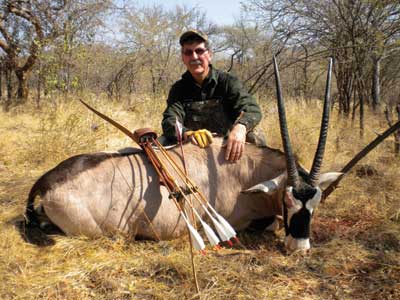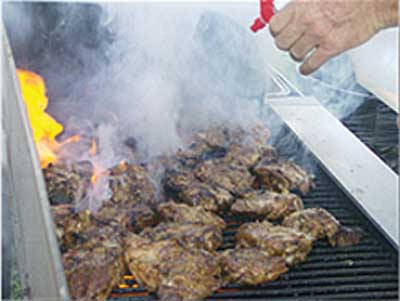By John F. “Skip” Coleman, Technical Editor
I remember having discussions with the shift commander (deputy chief) stationed at my house when I was a lieutenant in the early 1980s about my engine laying a supply line in at a working fire. We were a busy inner-city engine company, and because we were in the old part of the city, every station around us (everyone had as a minimum an engine assigned) was approximately one mile away.
The chief insisted that we lay a supply line in anytime I saw smoke or fire. I insisted that if I got reports of people trapped, I would have the next-in engine lay a supply line into my engine and I would go right up to the fire. Seconds count. The conversation always ended with, “Chief, I’m going to do what I feel is right; after that, you do what you need to do!”
After I became the operations deputy, we rewrote the policy to read (and I paraphrase): It is the first-in engine company officer’s responsibility to secure a continuous supply of water.
I believed that phrasing left the decision up to the first-in officer, who could bypass a hydrant and go right up to the fire if he believed the next-in engine could bring in a water supply! Just don’t run out of water.
This month’s Roundtable question is, Does your department allow an engine company to initiate attack without securing a water supply?
To comment on this question, go to this month’s Roundtable column at http://emberly.fireengineering.com/roundtable.html.
 |
|
PHOTO OF THE DAY: A New York City sanitation truck crashed through the wall of a maintenance building in Maspeth, Queens, in August and dangled three floors above the ground for hours. FDNY firefighters arrived on the scene quickly and rescued the mechanic. New York Sanitation officials said a department mechanic was performing some routine maintenance on the salt spreader and somehow lost control of it. The rig crashed through the wall of the garage and was left dangling outside. The driver braced himself against the steering wheel inside the truck until help arrived. Firefighters rescued the trapped mechanic using the tower ladder. Bringing the truck back into the building was a delicate, carefully planned operation. Cranes slowly lifted the dangling front end of the salt spreader, and tow trucks inside the sanitation garage pulled the rig back in. (Photo by Joseph and Allen Epstein – FirstOnScenePhotos.) Send your Photo of the Day submissions to Pete Prochilo (peterp@pennwell.com.) |
FIRE LIFE

Fire Life has columns that you will only find at www.firelife.com. Go with FDNY Lieutenant (Ret.) Kevin Shea on his first safari to Namibia in Africa. You can view his multipart video series as he hunts warthog, eland, duiker, gemsbok, and more. He caught it all on film, and you will only see it here.
Fire Life offers not one but three cooking columnists. Rip Esselstyn, Craig Nelson, and Kipp Rix will make sure your crew is well-fed and you are the talk of your shift with mouth-watering recipes that are easy to make. Try “Kipp’s Chicken Al Carbon” (pictured) the next time it is your turn to cook at work or at home.

FEATURED ARTICLES
In “Know Your Stretches,” David DeStefano from the North Providence (RI) Fire Department gives some quick and easy rules for ensuring you stretch the right amount of hose: “The first-in engine company responding to a fire generally has the responsibility of operating the initial attack line. An aggressive engine company stretching, operating, and advancing the correct diameter line to the seat of the fire will do more to save lives at most fires than any other fireground action. The challenge for engine company officers and firefighters is to always have a plan for stretching a line to the seat of any fire.”
In “Using Size-Up Skills to Build an Effective Fire and Life Safety Program,” Tilda Mims from Tuscaloosa Fire & Rescue Service writes: “Firefighters train early in their careers to size-up an incident before, during, and after action. Taking time to evaluate—and reevaluate—the situation helps decide the best strategy for success and reduces risk of the unexpected. Why not apply the principles of size-up to fire and life safety education?”
COMMUNITY MEMBER OF THE MONTH
 |
Name: Jim Silvernail. Department: Metro West (MO) Fire Protection District. Title/rank: captain. Years of public service: 14. Agency structure: paid fire department. Topics you provide training for: forcible entry, truck operations, suburban fire tactics. Area of expertise: suburban fire tactics. |

